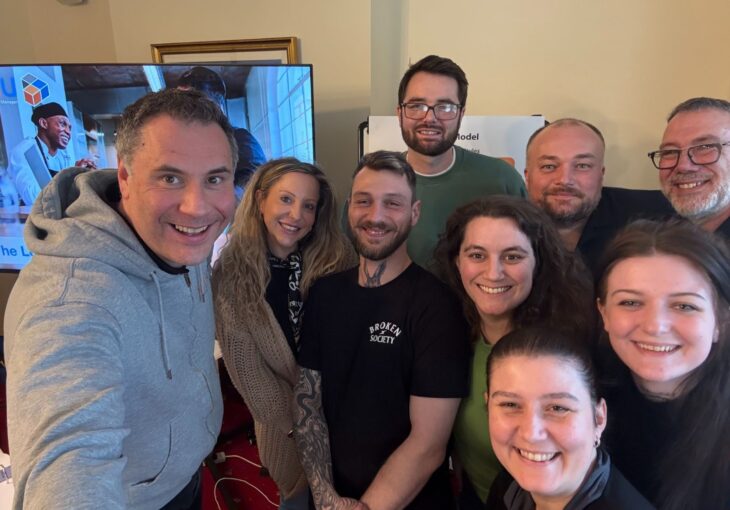
When you begin to schedule one-to-one meetings with team members, it’s important to set the tone, identify the topics to cover and create an outcome-based agenda. Building a structure around the meetings from the outset will set the future tone.
However, the ownership of the meetings should quickly transfer to the team member. This doesn’t mean you’re shirking responsibility; you’ll need to prepare for the one-to-one too. Instead, it’s a great way of shining a light on each team member’s agenda and placing the responsibility of creating an outcome-focused agenda on them. If your team know they own their meeting, it encourages a sense of autonomy, one of the three elements of motivation as outlined by Daniel Pink in his book, Drive.
“Control leads to compliance; autonomy leads to engagement… Human beings have an innate inner drive to be autonomous, self-determined, and connected to one another. And when that drive is liberated, people achieve more and live richer lives.” Daniel H. Pink, Drive: The Surprising Truth About What Motivates Us
The aim is to ensure these meetings are more than status updates. Rather, they should be a way to support staff in tackling challenges, improving performance, developing potential and engaging in their work. You can do this by:
- Making it clear from the outset that the conversation is about individual development and improving as a team.
- Turning your phone and other devices off to ensure interruptions are minimised, and asking the team member to do likewise.
- Encouraging an outcome-based agenda for every meeting, describing what needs to be achieved. For example, “Discuss the maintenance spend for last period and agree on the final budget numbers for the remainder of the quarter” not simply “Review maintenance spend”.
Throughout the one-to-one, there will be many subjects discussed, questions asked and action steps committed to. As the end of meeting comes into view, ask the team member to summarise key discussion points, even if there are no direct actions needed. And summarise the actions you are both committing to after the one-to-one. Every action should contain three elements:
- A concise description of each action.
- A completion date, avoiding vague intentions such as ASAP, next month or, worse yet, ongoing. Time frames should not be open to interpretation.
- A defined ownership to identify who is accountable for each part of the task.
Find out more about our how we can support multi-unit managers or get in touch via contactus@masteringmultiunits.com
Better One-to-Ones. Better Results.
If you’d like to know more about this topic, please subscribe to download our guide to powerful and effective one-to-one meetings: Better One-to-Ones. Better Results. It will help you transform a transactional, box-ticking one-to-one meeting into a constructive dialogue.


